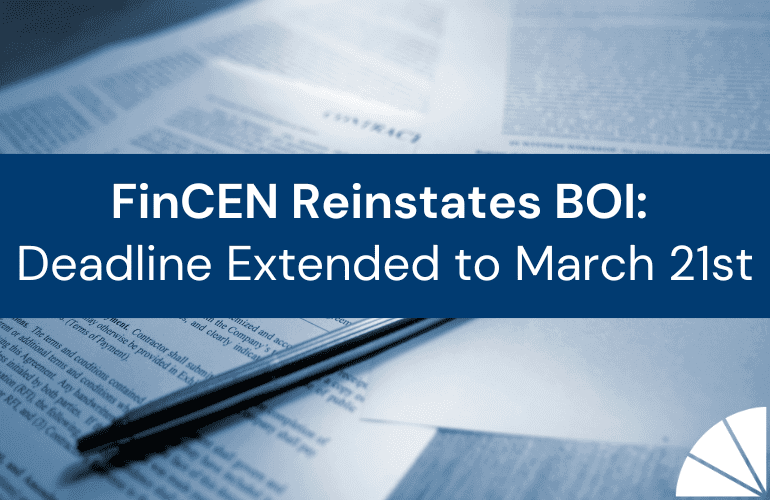
As a business owner, finding the optimal capital structure for your business is like discovering the world’s best cup of joe for a coffee aficionado – it’s all about the right blend. While all business owners may not concern themselves with balancing beans of specific origin with roast levels and optimal temperatures, they should consider the mix between their company’s debt and equity.
In Part III of LGA’s Best Practices Series, I’m looking at capital structure. To help business owners optimize their company’s capital structure, I’m covering what it is, why it’s essential, and when it matters the most.
What is capital structure?
Businesses need capital to support ongoing operations and growth. A company’s capital structure is the make-up of that capital based on how the company distributes two measurable expenses: debt and equity. It helps business owners create a framework that prevents over or undercapitalization and promotes the effective use of available funds.
“Debt” comprises borrowed funds that must be repaid, generally with interest. Debt capital includes loans, credit cards, long-term bonds, short-term commercial paper, or vendor financing. Debt financing occurs when a company raises capital through the sale of debt instruments to investors.
“Equity” is the claim on earnings provided to a company’s shareholders for their ownership stake in the company. Equity, as seen on a balance sheet, includes both retained earnings and contributed capital. Contributed capital refers to past investments into a company in exchange for stock. Equity financing occurs when a company raises new funds by selling additional company shares, thereby increasing the balance of the contributed capital account.
The optimal balance can vary based on your company’s circumstances. For example, private companies may find it more challenging to use debt over equity, particularly if they require personal guarantees from their owners. And taking on debt may not be optimal for businesses in cyclical industries, as their share prices are closely tied to fluctuations in the economy.
Why is capital structure important?
For business owners, aiming to remain “debt-free” is a common goal. Generally, debt comes with interest payments and a fixed repayment schedule, and it requires covenants and financial performance metrics, while equity does not. However, debt can carry a lower cost than equity, and the interest payments are tax-deductible, which means having some debt can actually increase returns to equity owners. But, if you rely too heavily on debt, investors may start demanding higher returns as compensation for taking on greater risk, which hurts your company’s value. So capital structure is all about balance.
Recapitalization helps companies acquire new capital to invest in new assets or repurchase debt and equity that’s currently outstanding. When a company recapitalizes, it reorganizes its debt or equity by issuing debt and repurchasing equity, issuing debt and paying a large dividend to equity investors, or issuing equity and repaying debt. By optimizing your company’s capital structure, you can improve your flexibility to increase or decrease debt capital, as appropriate.
The right capital structure can also help you ensure higher returns to stakeholders and, in turn, increase company profits. A company’s “cost of capital” helps shareholders and debtholders determine their expected return on investment. The cost of equity and debt vary by industry.
Suppose your company’s single source of capital is from sales of common stock. In this case, if an investor requires a 10% rate of return to purchase shares, your cost of equity (and cost of capital) would be 10%.
For many companies, calculating the cost of capital isn’t that simple because the cost of capital stems from a combination of debt and equity from multiple sources. Lenders and shareholders often use a company’s weighted average cost of capital (WACC), the average cost of capital from all sources, to determine their required rate of return to provide the company with capital. Typically, a lower weighted average cost of capital (WACC) is ideal, as it indicates to investors that your business is healthy and investments will come at lower cost and risk.
When does capital structure matter?
The short answer is: capital structure always matters. A company’s capital structure is fluid; it fluctuates over time as the value of its equity securities change and its debts are serviced.
For the owners of a company in its earlier stages, dilution can be a concern. Dilution occurs when an increase in the total number of outstanding shares causes the percentage of an owner’s stake in a company to decrease. If your company issues new shares to raise equity capital, for example, it is also increasing the total number of outstanding shares, which means dilution may occur. For this reason, venture capital transaction documents often include “anti-dilution provisions.”
For more mature companies, there are more established pros and cons. In general, debt has a lower cost of capital but expects a lower rate of return than equity. Equity also typically maximizes operational flexibility, while debt can restrict it. However, a large-percentage equity investor can inhibit operational flexibility.
Because your company’s capital structure affects its overall value, it also comes into play in planning for mergers and acquisitions. If your company has a sound capital structure, your chances of increasing the market price of the shares and securities it possesses improve, as do your chances of receiving a higher valuation in the market.
Contact LGA
LGA’s Business Advisory & Investment Banking Services Teams help business owners manage their capital and liquidity needs as they evolve and mature throughout their company’s life cycle. We utilize our financial engineering and consultative roots to provide the quantitative and qualitative benefits to support effective capital structure for start-ups, decision-making along the way, or to prepare for an eventual sale or acquisition.
As the leader of LGA’s investment banking business development efforts, I regularly utilize my investor network, including family offices, private equity, private and public debt, venture capital, and ultra-high net worth individuals, to help business owners find and reach out an optimal capital structure. If you’re ready to talk about your strategy, contact us today.
For more business best practices, check out the previous articles in this series:





